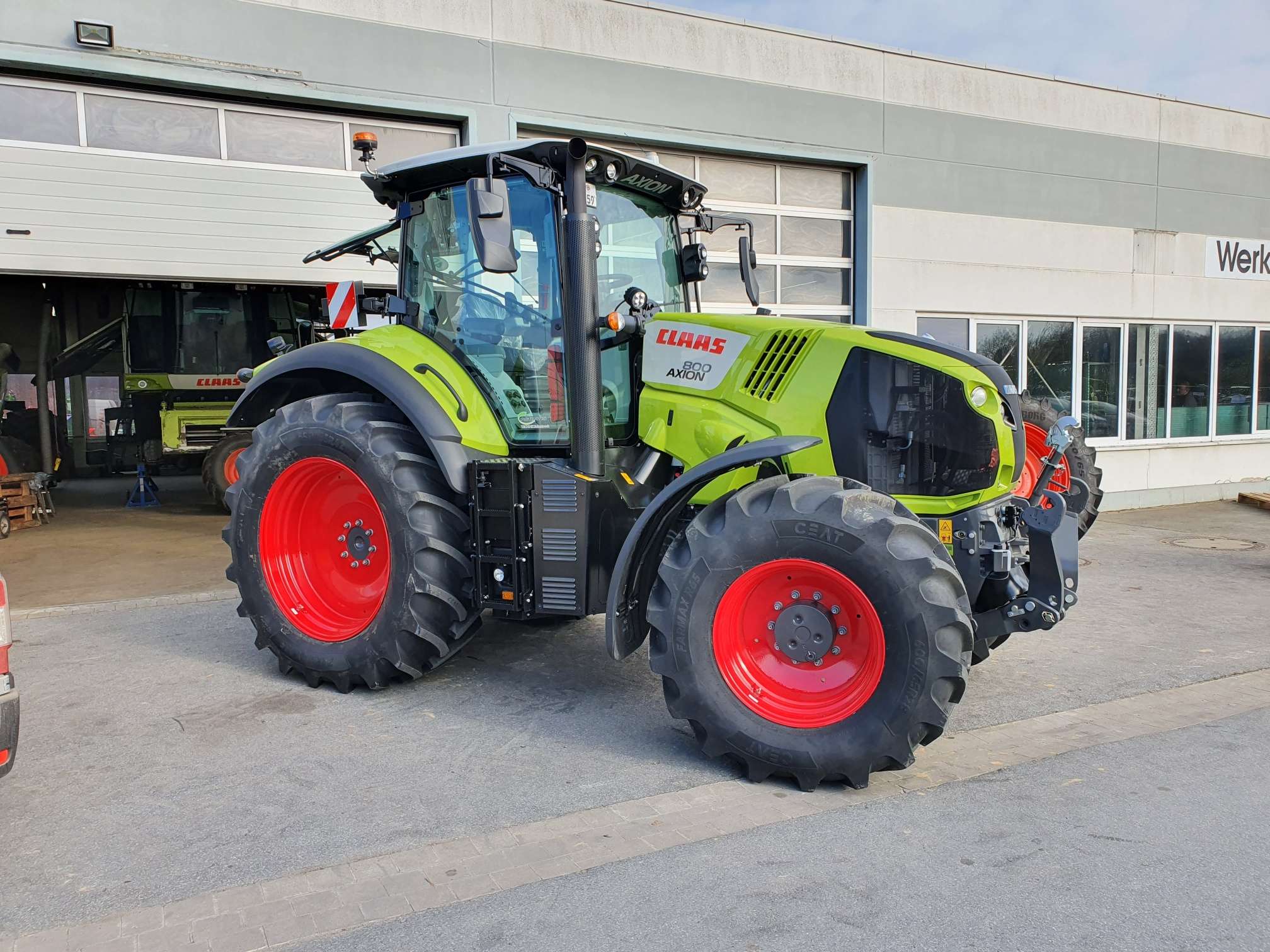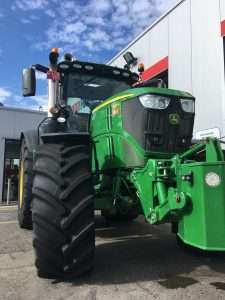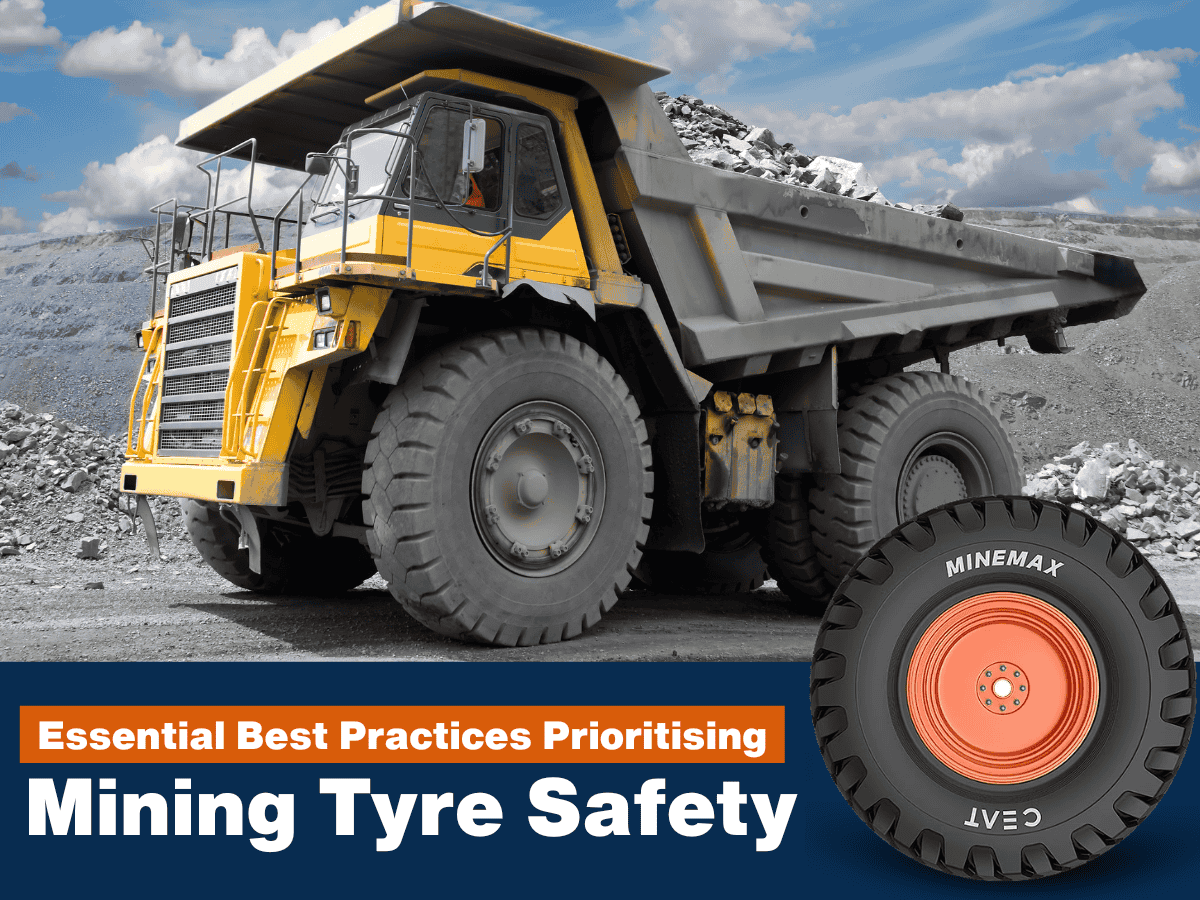ceat-speciality:blogs-tags/all,ceat-speciality:blogs-tags/tyre-care
Things to know about your tractor’s lead ratio
Wed, 13 Apr 2022 | PRODUCTS
Since the advent around half a century ago of 4wd or ‘front-wheel assist’ models with selectable front- as well as rear-wheel drive,front tyres have become much more critical to a tractor’s overall performance. This is particularly true where it’s expected to work on primary or secondary cultivations, or on steep land. If this applies to you, next time you are seeking out new tractor tyres – perhaps by searching the internet for ‘tractor tyres for sale’ or ‘tractor tyres near me’ or by looking through tractor tyres’ price lists – take into account the following advice on selecting the tractor tyres to ensure the correct lead ratio and the best performance as a result.
Aside from very small tractors or very large ones, both of whichoften feature the additional cost and complication of articulated or four-wheel steering, most tractors are designed with front wheels of a smaller diameter than those at the rear. While this means those models may not have as great a ground contact area as an equal-wheeled machine, the main benefit is good manoeuvrability, as smaller steered wheels mean a smaller turning circle than would be possible with front wheels the same size as the rear ones. However, the main challenge for designers in engineering a tractor of this type is to calculate the necessary required ratio (the lead ratio) of the speeds of the front and rear wheels when front-wheel drive is engaged – which will, of course, be different, given their different diameters –for any given forward speed. The transmission designed for and installed into the tractor will take this into account, and so will the recommended wheel and tractor tyre sizes.
Therefore, should you choose at any point to increase the size of your tractor’s tyres to obtain greater productivity, you should ensure you change all four tyres, and not simply the front or rear units – and you must change the front tractor tyres in proportion to the rear tractor tyres, and vice versa. Larger rim diameters will have an obvious effect on lead ratio, but so too will tractor tyres that are lower or high in profile than those originally fitted, as they will reduce or increase the overall wheel/tyre combination diameter.
Excessive lead ratio of 4-6% and more – this will depend upon the make and model of tractor and the wheel/tyre equipment it is designed to be fitted with – will mean the speed of the tractor’s rear axle will slow down the speed of the front axle. This can hasten front tractor tyre wear and affect the tractor’s steering. If, on the other hand, the rear axle is operating at a faster speed than that of the front axle, the former will push the latter. Not only will this result in excessive fuel use, tractor tyre wear and potential soil smearing from slippage, but it will also potentially damage the transmission.
This is why you should understand and take into account your tractor’s lead ratio when fitting new tractor tyres, and always ensure you fit tractor tyres of matching types – all radial or all cross-ply/bias – and of the matched sizes recommended in the tractor operator’s manual and/or by your tractor dealer. Put this high on your list of things to consider when next seeking new tractor tyres by searching the internet for ‘tractor tyres for sale’ or ‘tractor tyres near me’ or by searching through tractor tyres’ price lists.









































































































































